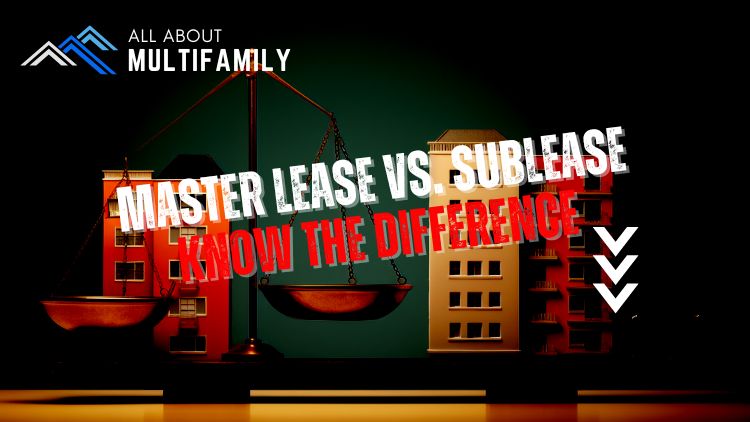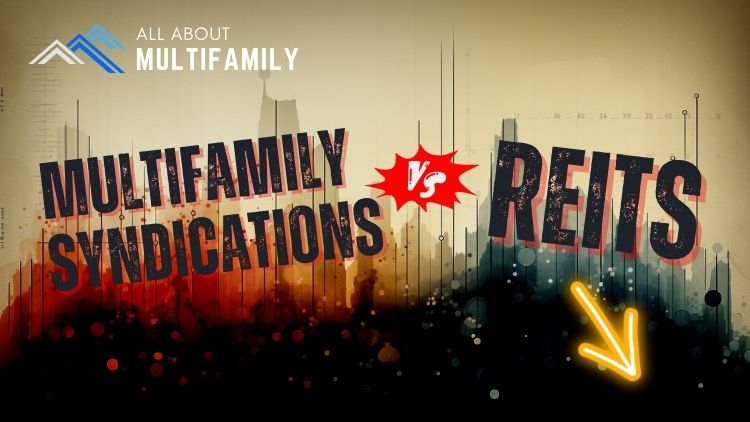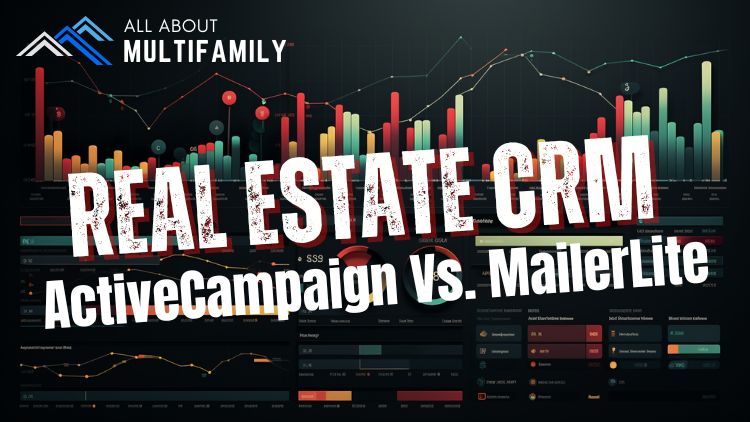Debt reduction is a pivotal step towards financial freedom, and two prominent strategies have gained recognition in recent years: the Debt Snowball and Debt Avalanche methods. Both approaches offer unique benefits, and selecting the right one hinges on your financial goals and personal preferences. In this comprehensive guide, we’ll delve into these strategies, providing examples and a comparative table to help you make an informed decision.
The Debt Snowball Method
How It Operates
The Debt Snowball method, championed by financial expert Dave Ramsey, is a strategy that places emotional victories at the forefront of debt reduction. Here’s a step-by-step breakdown:
- List Your Debts: Begin by cataloging all your debts, starting with the smallest and working your way up to the largest, regardless of interest rates.
- Minimum Payments: Keep making the minimum payments on all your debts.
- Focus on the Smallest Debt: Allocate any additional funds from your budget to pay off the smallest debt first, while continuing to meet the minimum payments for the rest.
- Snowball Effect: As you eliminate each debt, the freed-up funds (previously designated for minimum payments) are redirected towards the next smallest debt. This creates a snowball effect, accelerating your debt repayment.
Illustrating the Debt Snowball
Let’s consider an example:
- Debt List:
- Credit Card A: $1,000
- Personal Loan: $5,000
- Credit Card B: $2,500
- Car Loan: $10,000
- Minimum Payments:
- Credit Card A: $50
- Personal Loan: $150
- Credit Card B: $75
- Car Loan: $200
Using the Debt Snowball method, you would direct any extra funds to pay off “Credit Card A” first. Once it’s cleared, you’d apply the money that was going towards “Credit Card A” to the next smallest debt, creating a snowball effect.
Advantages of the Debt Snowball Method
- Psychological Boost: Paying off smaller debts quickly can provide a morale boost, keeping you motivated.
- Simplicity: The strategy is straightforward and easy to follow.
The Debt Avalanche Method
How It Works
The Debt Avalanche method adopts a more mathematically driven approach that centers on minimizing total interest payments. Here’s how it functions:
- List Your Debts: Like the Debt Snowball method, start by listing all your debts, but this time, arrange them in descending order of interest rates, from highest to lowest.
- Minimum Payments: Maintain the minimum payments on all debts.
- Prioritize High-Interest Debt: Allocate any additional funds towards paying off the debt with the highest interest rate first, while meeting the minimum payments on the rest.
- Avalanche Effect: Eliminating high-interest debts upfront minimizes the overall interest you’ll pay over time.
Illustrating the Debt Avalanche
Consider this example:
- Debt List:
- Credit Card X (24% APR): $3,000
- Personal Loan Y (10% APR): $7,000
- Student Loan Z (5% APR): $15,000
- Minimum Payments:
- Credit Card X: $150
- Personal Loan Y: $175
- Student Loan Z: $250
With the Debt Avalanche method, you’d allocate any extra funds to paying off “Credit Card X” first due to its high-interest rate. Once it’s cleared, you’d proceed to the next highest interest debt, “Personal Loan Y.”
Advantages of the Debt Avalanche Method
- Interest Savings: Focusing on high-interest debts can substantially reduce the total interest paid.
- Mathematical Soundness: The strategy is grounded in financial principles, potentially saving you more money in the long run.
Choosing the Right Strategy
The decision between the Debt Snowball and Debt Avalanche methods hinges on your financial personality and objectives.
- Select the Snowball Method If:
- You require quick wins for motivation.
- You have several small debts.
- Emotional satisfaction from paying off debts matters to you.
- Choose the Avalanche Method If:
- You possess financial discipline and can commit to a long-term plan.
- Minimizing interest payments over time is a top priority.
- You’re grappling with high-interest debts that significantly impact your finances.
Comparative Table: Snowball vs. Avalanche
| Aspect | Debt Snowball Method | Debt Avalanche Method |
|---|---|---|
| Debt Order | Smallest to largest | Highest to lowest interest rate |
| Psychological Wins | Yes | No |
| Interest Savings | No | Yes |
| Long-Term Focus | No | Yes |
| Suitable for Many Debts | Yes | Yes |
| Suitable for High-Interest Debts | No | Yes |
In conclusion, both the Debt Snowball and Debt Avalanche methods offer effective routes to debt reduction. Your choice should align with your financial situation and mindset. Whether you value quick wins or long-term interest savings, the key is to commit to your selected strategy and stay the course. Keep in mind that your ultimate goal is financial freedom, and with dedication and discipline, you can attain it through either method.


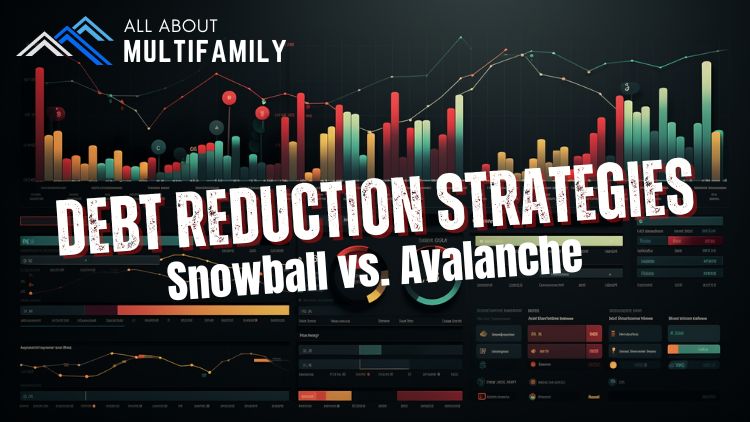























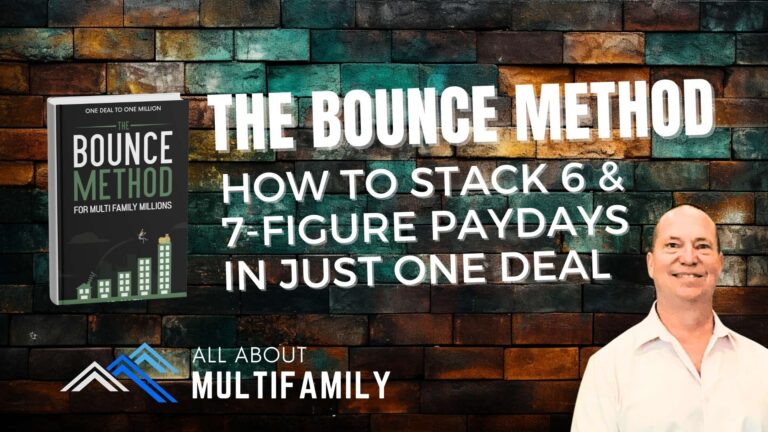



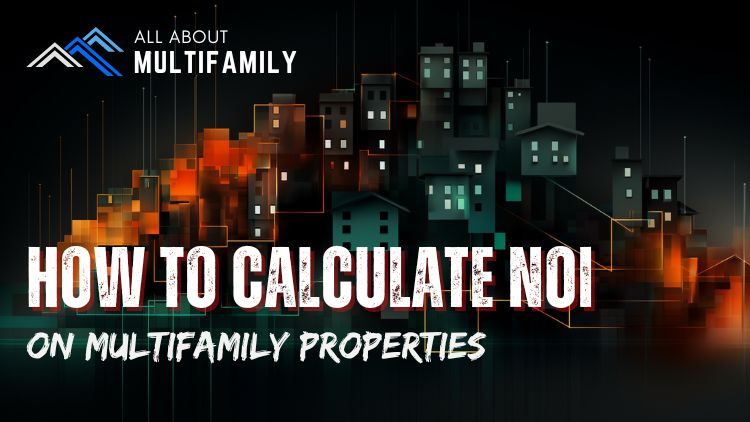









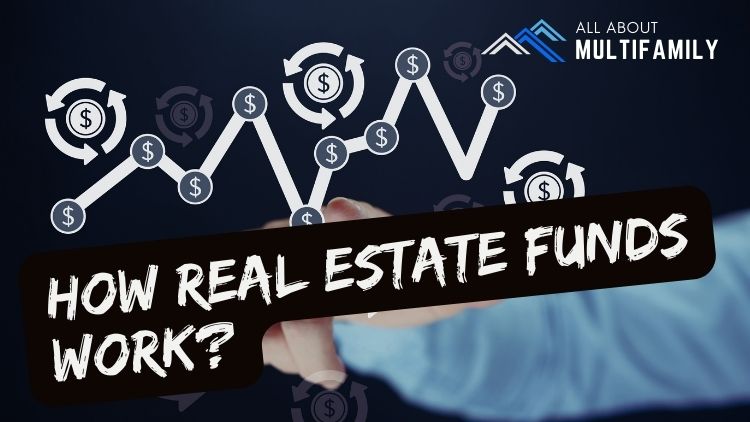



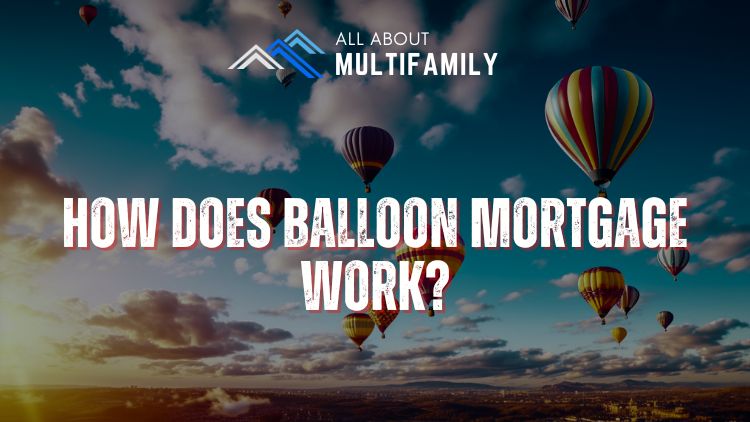

![An In-Depth Look at Jake and Gino's Coaching Program [A Review]](https://allaboutmultifamilyinvesting.com/wp-content/uploads/2023/10/AAM-BMP-Blog-Covers-750-×-422px-6.jpg)


![Email Marketing Tips for Multifamily Real Estate Syndicators to Raise Capital [Templates included]](https://allaboutmultifamilyinvesting.com/wp-content/uploads/2023/09/AAM-BMP-Blog-Covers-750-×-422px-4.jpg)
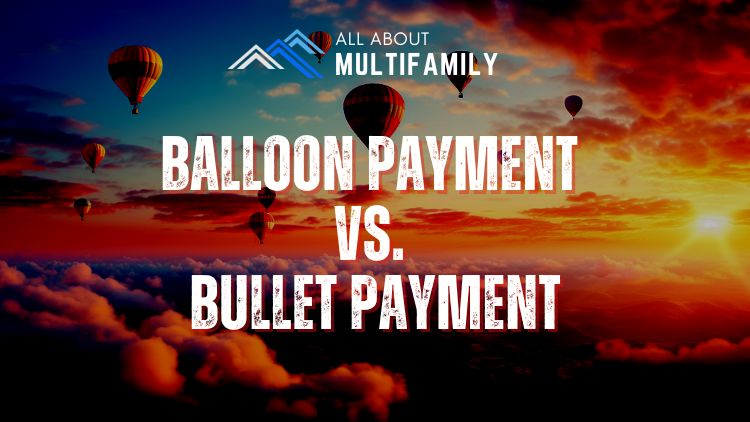

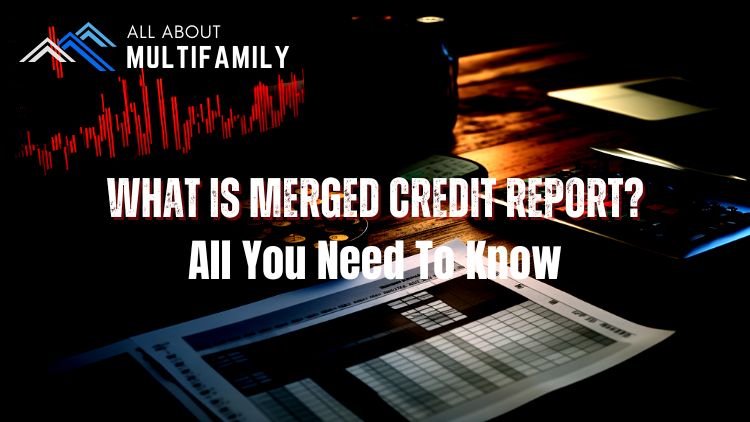
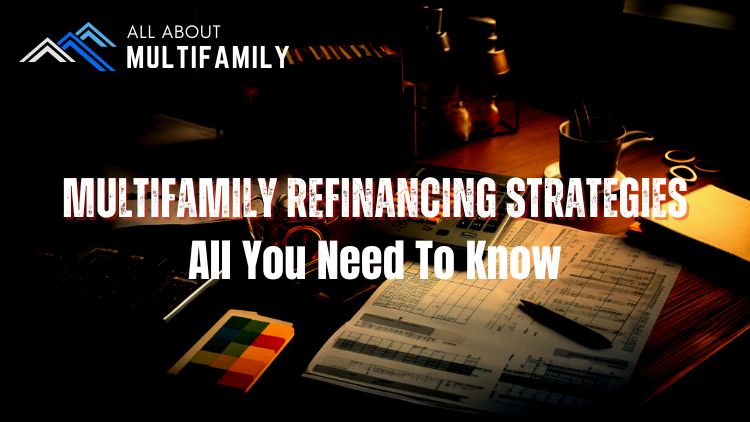

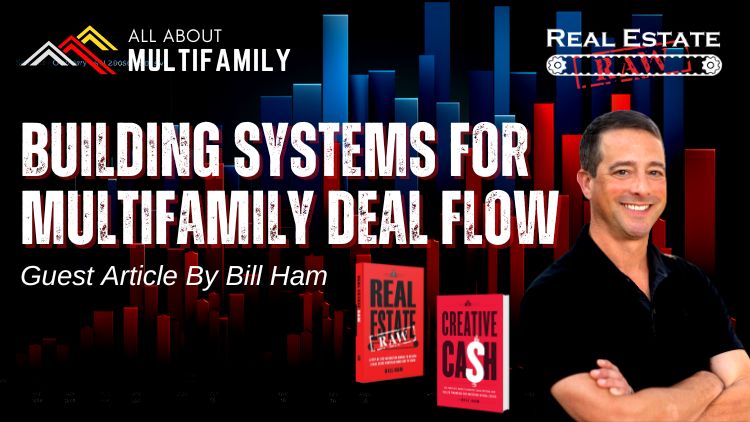
![The Richest Kids In America [Book Review]](https://allaboutmultifamilyinvesting.com/wp-content/uploads/2023/09/AAM-BMP-Blog-Covers-750-×-422px-84.jpg)


